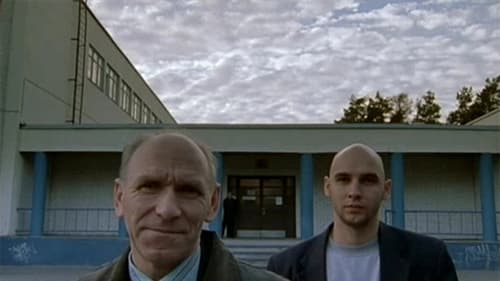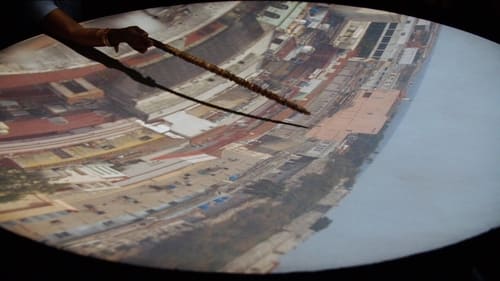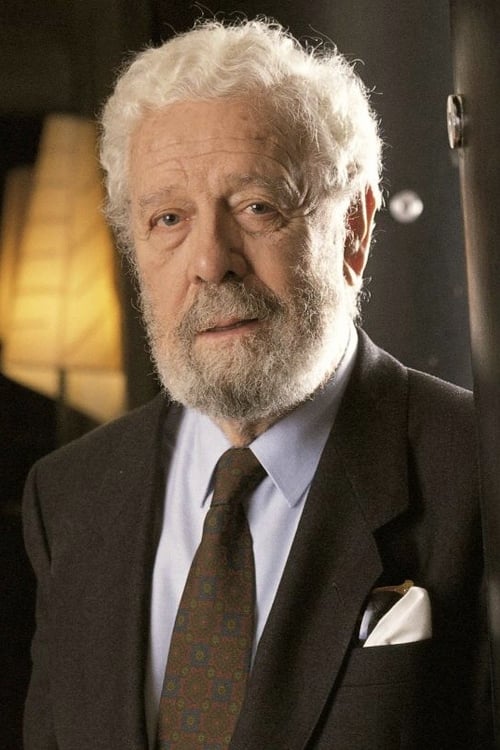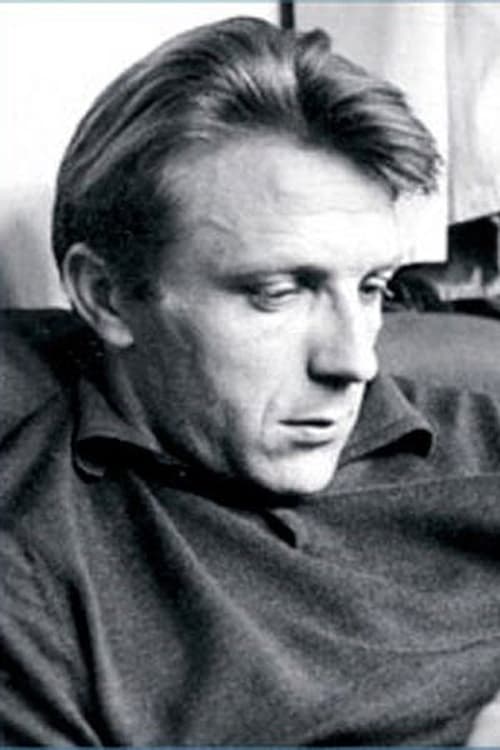October in Madrid (1967)
Gênero : Documentário
Runtime : 1H 2M
Director : Marcel Hanoun
Sinopse
Initially a made-to-order documentary on Spain, the film becomes an open-ended work-in-the-making about the creative process. “Settling in the Spanish capital to make a documentary, Hanoun sketches out for us the different steps involved in making a film. The author turns his hesitations, his doubts and difficult working conditions into the constituents of his work”. (Raphaël Bassan)

Twenty-five films from twenty-five European countries by twenty-five European directors.

Victor Fleming’s 1939 film The Wizard of Oz is one of David Lynch’s most enduring obsessions. This new documentary goes over the rainbow to explore this Technicolor through-line in Lynch’s work.

A dog's funeral becomes part of a chain of absurd events including a tomato ketchup battle, a reconstruction of the battle of Austerlitz and a motorbike show. Its common denominator is the commercial interest of sponsors and big business, the ambivalent winners of privatization and participants of numerous corruption affairs. Vachek debates corruption and environmental disaster, but insists that there is an alternative. Against the mass of "pseudoevents" is the independent techno-party CzechTekk, raided by the police despite the fact that it was entirely law-abiding, whose participants are Vachek believes to be the new "unionists".

Neste diário em vídeo profundamente pessoal, uma jovem pesquisadora tenta entender seu fascínio pelo filme "A Dor dos Outros," de Penny Lane. Um mergulho profundo no mundo desconfortável do YouTube e nas conspirações online, que desafiam as noções tradicionais do que é ou deveria ser o cinema documental.

Luiz retorna à Cuba e registra os sons da ilha em um velho gravador. A partir de uma fita magnética constrói memórias e afetos em uma lugar onde a Internet recém chegada convive com os velhos radioamadores.

Chris Gallagher’s feature-length film essay Time Being is an elegant and thought-provoking investigation of the nature and experience of time, and its filmic representation. 88 one-minute shots or shot-sequences counterpoint a spoken commentary that probes and questions the subject from many different angles – psychological, philosophical, mechanical, cosmological, artistic. Equally, Gallagher combines aspects of different cinemas – documentary, structural, poetic, narrative, and personal – skillfully interweaving all the elements into a complex yet coherent and surprisingly moving statement on the human condition. The most brilliant film on its subject I’ve ever seen, Time Being is cool and non-academic yet deeply engaged, and beautifully shot. An educational film in the best sense. —Tony Reif

Clear Skies, Light Breeze, is a 2013 visual essay by Tati expert Stéphane Goudet about the debut of Monsieur Hulot

Filmmaker Kogonada unpicks what defines the Golden Age of Italian cinema with a side-by-side comparison of two edits of the same film, one according to Italian director Vittorio De Sica, and the other according to Hollywood producer David O. Selznick.

The armies of Fascist Italy conquered Addis Ababa, capital of Abyssinia, in May 1936, thus culminating the African colonial adventure of the ruthless dictator Benito Mussolini, by then lord of Libya, Eritrea and Somalia; a bloody and tragic story told through the naive drawings of Pietro Dall'Igna, an Italian schoolboy born in 1925.

An experimental documentary about dead turtles, crab swarms, decaying tennis courts, and microscopic histories. The filmmakers shot their explorations into the abandoned golf courses, factories, and resorts of Sarasota, Florida and spoke to local youths who are using them for new and strange purposes. What would the Surrealists and Situationists think of a suburban, subtropical tourist town? What goes on in a storage unit in the dead of night? What is the afterlife of a decommissioned train car? What ghosts haunt a ruined hotel? What is the life cycle of a city? When will waters wash it all away?

His work illustrates people. Densha Tattoo reflects on craft, inspiration and the scene. — What is the essence of a human being? One stitch at a time. A portrait about the tattoo artist.

A short film essay on Blue Velvet (1986) and The Man Who Fell to Earth (1976). The fact that Blue Velvet was almost shot in black and white is explored in comparison with the original scenes, as the choices of different directors (within a ten-year interval) when choosing Roy Orbison's music for their films.

In 1829 the naturalist Alexander von Humboldt attempted a russian-siberian expedition. Humboldt travelled to obtain a clear view of nature, people and life in this immense country. 2019 naturalists and humanists attempted a transdisciplinary expedition on the trails of Humboldt. To capture the events various cameras were taken along. A non-chronological narration.

'Still Lives' comprises a trilogy of films by Patrick Sheard; Lamenta, Libertas and Exitus, anthologized here in their entirety.

How do you put a life into 500 words? Ask the staff obituary writers at the New York Times. OBIT is a first-ever glimpse into the daily rituals, joys and existential angst of the Times obit writers, as they chronicle life after death on the front lines of history.

A visual essay that highlights top-down shots from Wes Anderson's filmography.

With its own demolition imminent, a building reflects back upon its life, projects its own ideas of what might have been and imagines future possibilities.

O que pode o cinema pelo Brasil? Estudantes de cinema buscam o propósito de se produzir documentários, questionando o poder das imagens na construção de um imaginário nacional, a dialética entre representação e realidade, e a ética detrás de imagens difundidas amplamente pelas redes. O objeto dessa pesquisa são as representações de manifestações de rua no país.
















